
This is how I would use the Infrastructure is good for Business lesson in my classroom.
- Subject:
- Cross-Curricular
- Material Type:
- Activity/Lab
- Author:
- Brad Whitehead
- Date Added:
- 08/07/2020

This is how I would use the Infrastructure is good for Business lesson in my classroom.

Time to demonstrate how the watershed works with this message in a bottle lesson. Students will have the opportunity to send a message in a bottle and observe how it travels down the watershed to the ocean!
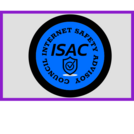
WITH MANY OF US spending a lot of time in front of computer screens and phones, on apps and Facebook, at all hours, it’s natural to wonder: Is it harming us? It could be, especially if you’re in front of a screen close to bedtime or even during the day if you’re not taking enough breaks.

Lesson for elementary teaching social skills through teaching sportsmanship
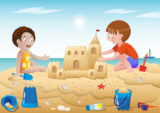
This lesson is for kindergarteners on sequencing, also known as coding/programming. It introduces the book, “How to Code a Sandcastle”. It exposes students to technology and how to think critically. It is designed to increase growth in the students’ abilities to solve problems and to think about situations differently. Since sequencing in math, science, and reading is already taught, this lesson would show kindergarten teachers the ease of incorporating computer science standards.

An illustrated guide on how to search for groups in #GoOpenVA, and then how to join an open group, or request to join a closed group.

This is a professional development course for teachers.
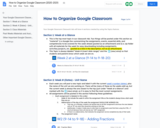
Patrick Hausammann of Clarke developed a handout to help teachers organize their Google Classrooms.

Prince William ITCs developed this hefty Wakelet to provide information to teachers about using Zoom for virtual learning. Some information is specific to Prince William's network but some can be used by any Zoomer.

This is an unplugged activity in which students work in teams, "programming" a human-robot to find all the quarter notes. It can be used to teach/review music notes. The notes could be replaced with materials for any other subject to review math skills, history, even parts of sentences.

Students will be introduced to the term algorithm while reading the story of Humpty Dumpty. Students will develop an algorithm or step by step sequence of instructions for putting Humpty Dumpty back together again.
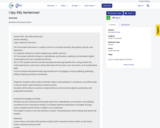
Sentence Structure Game

From Tazewell County comes this list of helpful video tutorials that can be used for Parents and Students, and for Teachers. The tutorials focus on specific tasks.

These are ideas for celebrating #GoOpenVA on Digital Learning Day, using Twitter.

The student will identify computing technologies that have changed the world and express how those technologies influence, and are influenced by, cultural practices when communicating with others. The student will identify social and ethical issues that relate to computing devices and networks.

This is a short description intended to catch the reader and make them want to open your lesson.Bring a rural-cultural atmosphere to your classroom by hatching chicken eggs. Students will be able to compare basic to high tech incubators and compare how technology has influenced and advanced in order to meet cultural needs.

The students will identify how computing technologies have changed the world and how they are influenced by cultures by group activities, critical activities, problem solving skills and researching.

There are 3 parts to this project:How group works togetherA Google SiteA skit This is how it will work:Each group picks the name of an infectious disease at random.Group will designate the following roles: a doctor, a nurse, a scribe, and a patient. If you have a 5th member they can be a specialist.
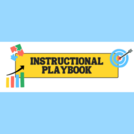
Interleaving is a strategy where students mix the practice of multiple related subjects or topics to improve learning. Interleaving forces the brain to categorize and discriminate between problem-solving strategies and therefore increases learning. Interleaving can be more challenging than blocked practice because students cannot memorize one strategy and apply it to all of the problems.

Classroom discussion involves students talking to one another about a text, important topic, or issue. Classroom discussions allow students to improve communication skills by voicing their opinions and thoughts. Teachers also benefit as it allows them to see if students have learned the concepts that are being taught.This resource includes a one-page overview of the strategy as well as activities to support the strategy.